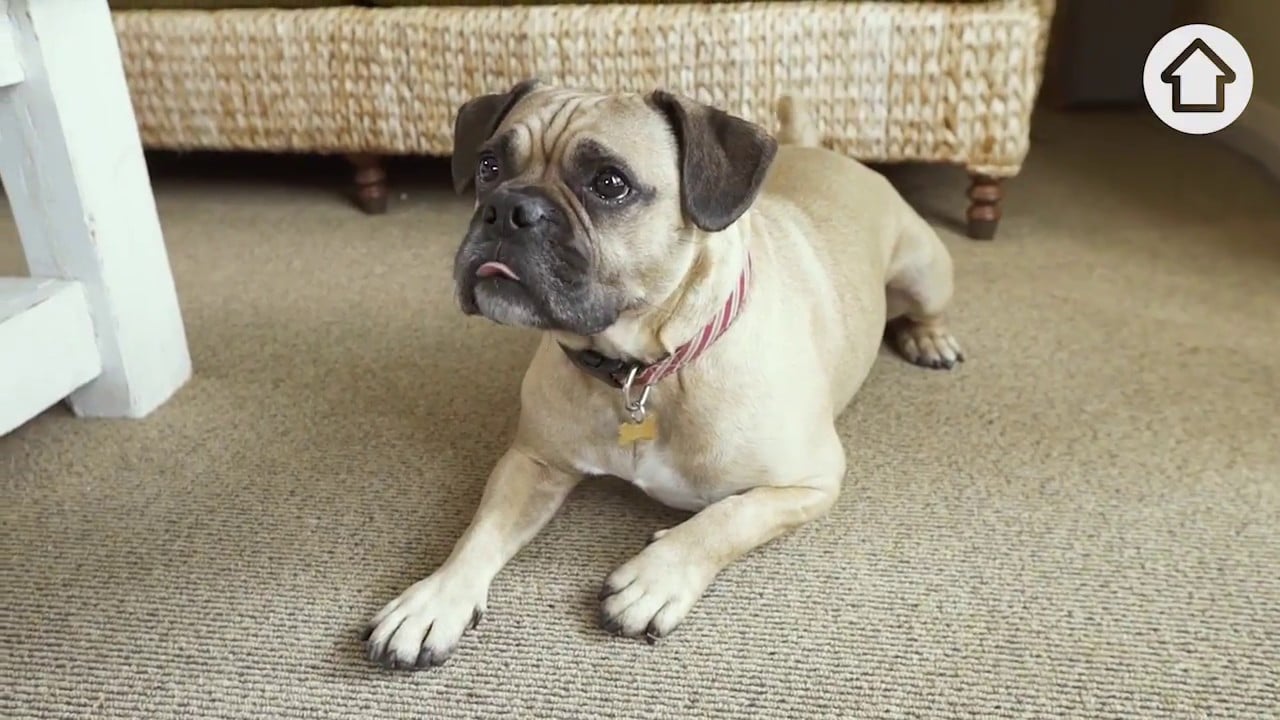
Dogs love going out on a walk – and playing in the snow! As a pet owner, you always try to make up for lost time and take them out on a walk whenever you can – but it might be a bit difficult to adhere to the same routine in your busy schedules, especially during winters. While most dogs are resilient to common weather conditions such as a heavy downpour, a drop in the Celsius is the most challenging – it can make your dog quite unwell and even cause death.
For some breeds, such as Huskies, a bit of snow or frost is tolerable. But even then, prolonged exposure to cold weather could lead a dog to suffer from hypothermia and frostbite, which, if not treated, could ultimately lead to death. In dogs, hypothermia occurs when their temperature falls from the normal range of 38.05 – 39.16 degrees Celsius and stays below the said range. Various factors can cause hypothermia; prolonged exposure to cold, being left in the cold water for too long and wet fur and skin. You need to be very careful to see if your dog has signs of hyperthermia. They may need special attention and care and be taken to a vet as soon as possible. Indications for hypothermia include a drop in the dog’s body temperature, slow heart rate, shivering, paleness and lethargy. Should it go untreated, it could result in frostbite.
Hypothermia in Dogs
Hypothermia can be treated by immediately drying the dog and bringing it inside a warm space. The dog should be kept warm using blankets and wrapped up hot water bottles so as not to burn skin. Warm fluids can also be given if the dog is conscious and alert. Also, it is best to check the dog’s temperature and call the veterinarian for advice.
Hypothermia, if not treated, can quickly turn into frostbite. Frostbite is the occurrence of tissue damage that happens after prolonged exposure to cold temperatures. As in the case of anybody, a dog’s body tries to conserve the heat and diverts the blood flow from body peripherals towards the internal organs to protect them. The peripherals of a dog are the ears, the tip of the tail and feet, which due to lack of blood, become pale and hard to touch as ice crystals form between the tissues resulting in tissue death.
Symptoms of frostbite in dogs can range from shivering, ice on the body and limping. Initially, the frostbitten areas will redden and swell, or if the tissue is completely dead, the area will blacken. Frostbitten areas need to be warmed up quickly, and while it may be tempting to rub/ massage the dog for warmth, it is best not to do so since it might release toxins causing further tissue damage. Treatment for frostbite is similar to the treatment of hypothermia.
Hypothermia and frostbite are easily preventable conditions for dogs simply by limiting their outdoor time. Once the dog is inside a warm, covered space, dry it up completely. Smaller dogs can be covered up in coats and booties. When bringing the dog inside the house is not an option, ensure that it has a dry, insulated shelter outside that will help keep the dog warm in frigid temperatures. However, it is best if one seeks immediate veterinary treatment; else, you might be at risk of losing your dog.
Related post – should my dog wear a winter coat.
